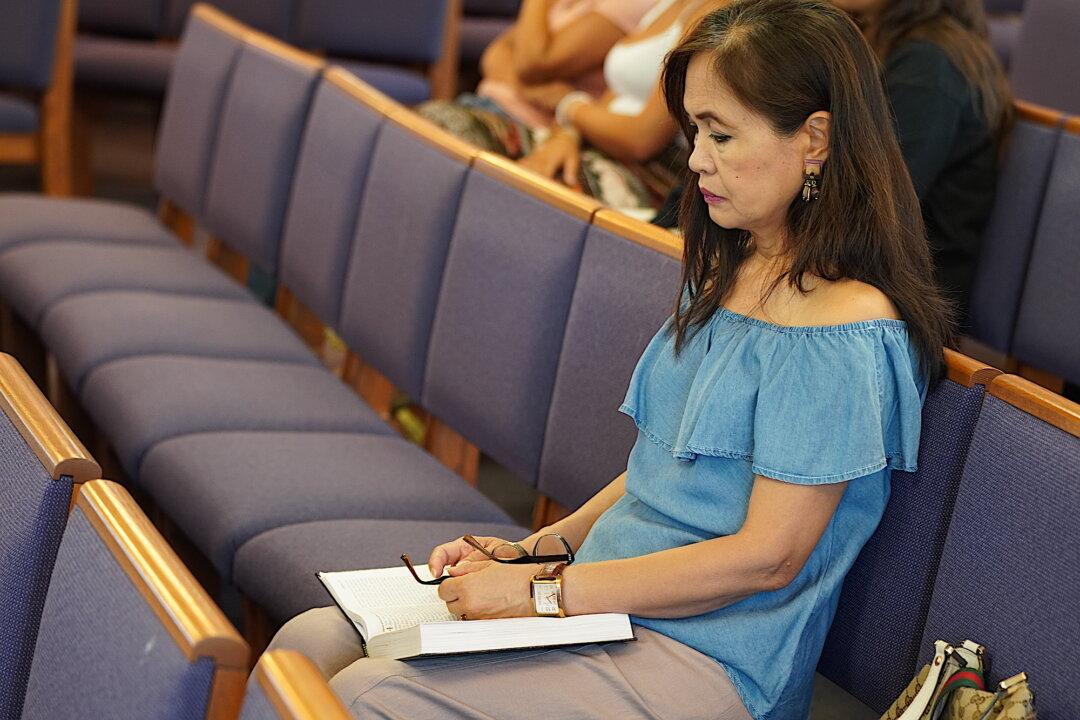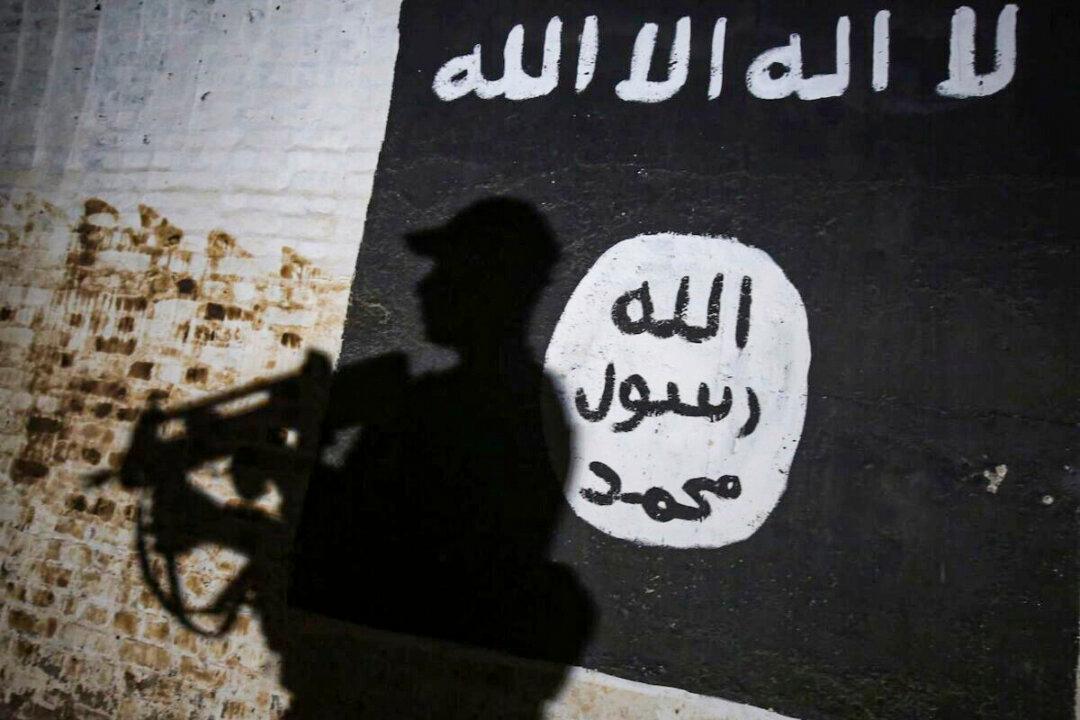A federal lawmaker from Hawaii said the warning sirens in the Maui area may not have activated ahead of the devastating wildfires, failing to alert people about the incoming threat.
“We know everybody who’s ever lived in Hawaii knows the warning sirens. It goes off once a month at the beginning of the month at 12 noon, and it blares and if it doesn’t, it gets fixed, because that is our first line of defense. Unfortunately, in this situation, sadly, tragically in this situation, those sirens likely did not go off,” Rep. Jill Tokuda (D-Hawaii) said in an Aug. 13 interview with CBS News.





